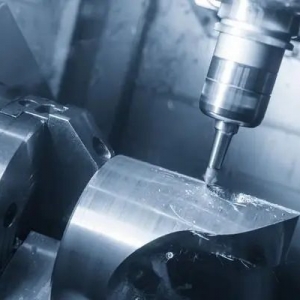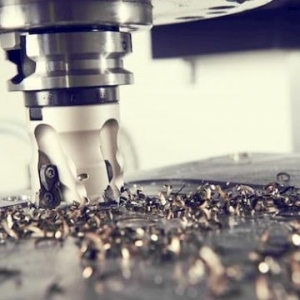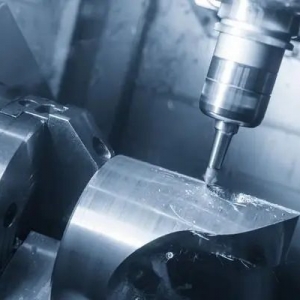Injection molding is a popular manufacturing process used to produce a wide variety of plastic parts and products. There are several types of injection molding techniques, each suited for specific applications and production needs. Here are some of the most common types of injection molding:
- Conventional Injection Molding:This is the most common type of injection molding. It involves injecting molten plastic into a mold cavity at high pressure. Once the plastic cools and solidifies, the mold opens, and the part is ejected.
- Insert Molding: In this method, inserts, such as metal or other pre-formed parts, are placed into the mold before injection. The molten plastic then surrounds and bonds with the inserts during the molding process.
- Overmolding:Overmolding is used to encapsulate one part (usually a substrate) with another part made of a different material. For example, soft rubber grips on a plastic tool handle.
- Two-Shot or Multi-Shot Molding:This process involves injecting two or more different materials or colors into the same mold in successive shots. It's used to create multi-material or multi-color parts without the need for secondary assembly.
- Gas-Assist Injection Molding:In this technique, nitrogen gas is injected into the mold after the plastic has partially solidified. The gas pushes the molten plastic toward the mold walls, creating a hollow section in the part. This is often used for thick-walled parts to reduce material use and warping.
- Micro Injection Molding: Micro molding is used to create extremely small and precise plastic parts, often with features on a microscale. It's commonly used in industries like medical devices and electronics.
- Liquid Silicone Rubber (LSR) Molding: LSR molding is used for producing parts from liquid silicone rubber. It's known for its biocompatibility, flexibility, and heat resistance, making it ideal for medical and automotive applications.
- Blow Molding:While not technically injection molding, blow molding is a related process where air pressure is used to inflate a heated plastic tube or preform inside a mold to create hollow parts, such as bottles and containers.
- Rotational Molding (Rotomolding):Again, not injection molding, but rotational molding involves rotating a mold with a plastic material inside, allowing the plastic to coat the interior and take the shape of the mold. This is often used for large, hollow objects like tanks and playground equipment.
- Compression Molding:In compression molding, a pre-measured amount of plastic is placed in an open mold cavity. The mold is closed, and heat and pressure are applied to compress the plastic into the desired shape.
The choice of injection molding method depends on factors like the geometry of the part, the material being used, production volume, and cost considerations. Each method has its advantages and limitations, making it essential to select the most appropriate technique for the specific application.






